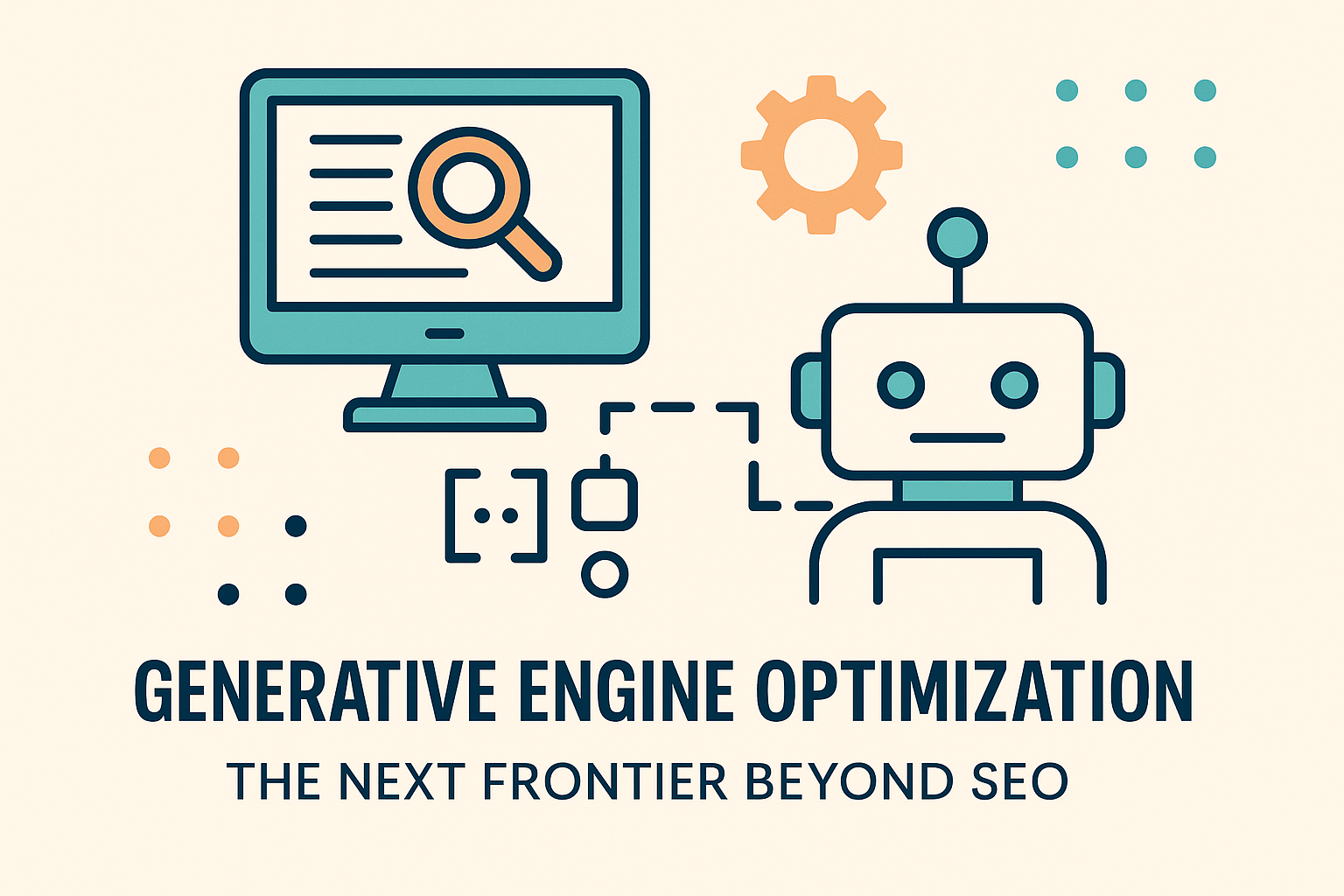Search behavior is shifting. Traditional SEO, while still vital, is no longer the sole route to visibility. The rise of generative AI interfaces, tools like ChatGPT, Claude, Gemini, and others, has introduced a new layer of information access. These platforms do not send users directly to a list of blue links. They summarize. They synthesize. And increasingly, they replace the click altogether.
This emerging reality requires a corresponding shift in how content is structured, published, and optimized. Enter Generative Engine Optimization (GEO) a term gaining momentum as AI-driven platforms become primary interfaces for information retrieval.
At SMBinfo, we’ve started preparing for this shift and believe our clients must do the same. Here’s how to think about it.
What Is Generative Engine Optimization?
GEO refers to the practice of tailoring digital content so that it can be accurately surfaced, interpreted, and cited by generative AI models. Unlike SEO, which focuses on how a page is ranked in a search engine results page (SERP), GEO is about being used in a large language model’s response—accurately, visibly, and with attribution. This is not about gaming the algorithm. It is about ensuring your expertise remains visible in a world where answers are summarized by machines.
Why This Matters Now
Search engines are already incorporating generative summaries. Google’s Search Generative Experience (SGE) is rolling out, and OpenAI is adding browsing capabilities and citation plugins to ChatGPT. These models do not rank sites in a list. They extract and combine information from the open web and closed databases, presenting synthesized answers often without prompting users to click. If your content cannot be parsed effectively by these models or if it lacks sufficient clarity, structure, or attribution signals—it may never be included.
How GEO Differs from Traditional SEO
| SEO Focus | GEO Focus |
|---|---|
| Page rank on search results | Inclusion in AI-generated answers |
| Keywords and backlinks | Source credibility, clarity, and structure |
| Meta titles and snippets | Clean paragraph-level segmentation |
| XML sitemaps | schema.org, content formatting |
| Encouraging clicks | Enabling accurate summarization and citation |
The techniques are related, but the objectives are distinct.
Five Practical Steps to Prepare
1. Improve Content Clarity at the Block Level
LLMs extract meaning from context blocks. Short, well-structured paragraphs with clear headers, citations, and standalone logic are more likely to be quoted accurately.
2. Publish Authoritative, Factual Content
LLMs favor reliable information. If your content reflects original expertise or primary research, structure it in a way that is easily attributable and verifiable. Link to sources. Identify the author. Clarify the update history.
3. Use Structured Data Markup
Implement schema.org tags for articles, FAQs, reviews, and services. Structured data enhances how models parse the content and may influence how well it is interpreted.
4. Align GEO with Your CMS Strategy
If you use HubSpot CMS, ensure your content modules, templates, and metadata fields are consistent. Use the blog tools to assign authors, update dates, and clarify page hierarchy. HubSpot’s AI tools will likely add GEO features in the near term.
What This Means for Small and Medium Businesses
Your website will continue to be a central asset, but the way people find it is evolving. A well-crafted article may no longer drive traffic through a top-ranking keyword, but through a helpful summary generated in an AI assistant. GEO is not a replacement for SEO. It is the next layer. The businesses that prepare for this shift will have a lasting advantage—not only in visibility, but in shaping how their expertise is represented across generative platforms. At SMBinfo, we’re building practices to support both SEO and GEO strategies inside HubSpot. If you’re publishing regular content, we recommend reviewing your content model, adjusting formatting standards, and tracking how generative engines are referencing your site.

